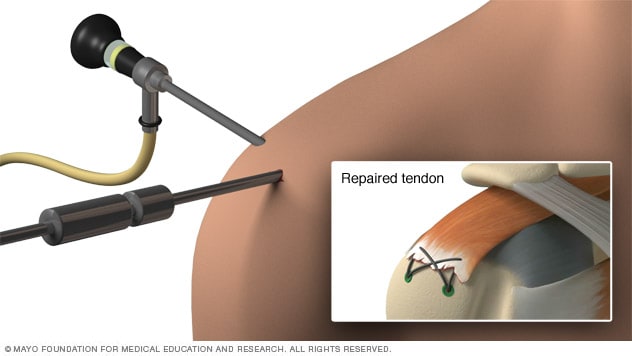Hepatitis A
This is caused by eating infected food or water. The food or water is infected with a virus called HAV (hepatitis A virus). Anal-oral contact during sex can also be a cause. Nearly everyone who develops Hepatitis A makes a full recovery – it does not lead to chronic disease.
Hepatitis B
This is an STD (sexually transmitted disease). It is caused by the virus HBV (hepatitis B virus) and is spread by contact with infected blood, semen, and some other body fluids. You get hepatitis B by:
- Unprotected sexual intercourse with an infected person (unprotected sex means without using a condom) Using a syringe that was previously used by an infected person (most commonly happens with drug addicts and people who inject steroids).
- Having your skin perforated with unsterilized needles, as might be the case when getting a tattoo, or being accidentally pricked. People who work in health care risk becoming infected by accident in this way. Sharing personal items, such as a toothbrush or razor, with an infected person.
- A baby can become infected through his mother’s milk if she is infected.
- Being bitten by someone who is infected.
The liver of a person infected with hepatitis B swells. The patient can suffer serious liver damage due to infection, resulting in cancer. For some patients the hepatitis becomes chronic (very long-term or lifelong). Donated blood is always tested for hepatitis B.
Hepatitis C
Hepatitis C is usually spread through direct contact with the blood of a person who has the disease. It is caused by the virus HCV (hepatitis C Virus). The liver can swell and become damaged. In hepatitis C, unlike hepatitis B, liver cancer risk is only increased in people with cirrhosis and only 20% of hep C patients get cirrhosis. Feces is never a route of transmission in hepatitis C. Donated blood is also tested for hepatitis C.
Misuse of anesthesia can result in the transmission of hepatitis B and hepatitis C viruses, researchers reported in the journal Gastroenterology. The cause of infection tends to be from anesthesia contamination, and not endoscopy contamination. Experts say that more effort is needed to better educate the health care community about the importance of strict sterile techniques when using any type of anesthesia.
Hepatitis D
Only a person who is already infected with hepatitis B can become infected with hepatitis D. It is caused by the virus HDV (Hepatitis D Virus). Infection is through contact with infected blood, unprotected sex, and perforation of the skin with infected needles. The liver of a person with Hepatitis D swells.
Hepatitis E
A person can become infected by drinking water that contains HEV (hepatitis E virus). The liver swells but there is no long-term consequence. Infection is also possible through anal-oral sex.
Hepatitis X
If a hepatitis cannot be attributed to the viruses of hepatitis A, B, C, D, or E, it is called hepatitis X. In other words, hepatitis of an unknown virus.
Hepatitis G
This is a type of hepatitis caused by the hepatitis G virus (HGV). Usually there are no symptoms. When there are symptoms, they are very mild.
Symptoms of hepatitis
Many people with hepatitis experience either mild symptoms or none at all. Remember that an infected person’s feces are always infectious to other people. When symptoms appear, they usually do so about 15 to 180 days after the person has become infected.
The acute phase of hepatitis – symptoms
The initial phase of hepatitis is called the acute phase. The symptoms are like a mild flu, and may include:
- Diarrhea
- Fatigue
- Loss of appetite
- Mild fever
- Muscle or joint aches
- Nausea
- Slight abdominal pain
- Vomiting
- Weight loss.
The acute phase is not usually dangerous, unless it develops into the fulminant or rapidly progressing form, which can lead to death.
As the patient gets worse, these symptoms may follow:
- Circulation problems (only toxic/drug-induced hepatitis)
- Dark urine
- Dizziness (only toxic/drug-induced hepatitis)
- Drowsiness (only toxic/drug-induced hepatitis)
- Enlarged spleen (only alcoholic hepatitis)
- Headache (only toxic/drug-induced hepatitis)
- Hives
- Itchy skin
- Light colored feces, the feces may contain pus
- Yellow skin, whites of eyes, tongue (jaundice).
Patient outcomes after the acute phase depend on various factors, especially the type of hepatitis.
Treatments for hepatitis
We will discuss the treatments for the different types of hepatitis in turn.
Hepatitis A
There is no treatment specifically for hepatitis A. The doctor will advise the patient to abstain from alcohol and drugs during the recovery. The vast majority of patients with hepatitis A will recover spontaneously.
Hepatitis B
A patient with hepatitis B needs to rest. He will require a diet that is high in protein and carbohydrate – this is to repair damaged liver cells, as well as to protect the liver. If this is not enough, the doctor may prescribe interferon. Interferon is an antiviral agent.
Hepatitis C
A patient with hepatitis C will be prescribed pegylated interferon and ribavirin.
Patients with chronic hepatitis C who are receiving standard HCV treatment may benefit significantly by taking vitamin B12 supplements, researchers reported in the journal Gut. The authors explained that by adding vitamin B12 to standard treatment, the body’s ability to fight the virus is greatly improved. According to their study results, patients who are difficult to treat effectively benefit especially well.
Hepatitis D or E
So far, there is no effective treatment for either hepatitis D or E.
Non-viral hepatitis
If the patient has non-viral hepatitis, the doctor needs to remove the harmful substance. It will be flushed out of the stomach by hyperventilation or induced vomiting. Patients with drug-induced hepatitis may be prescribed contortionists.


